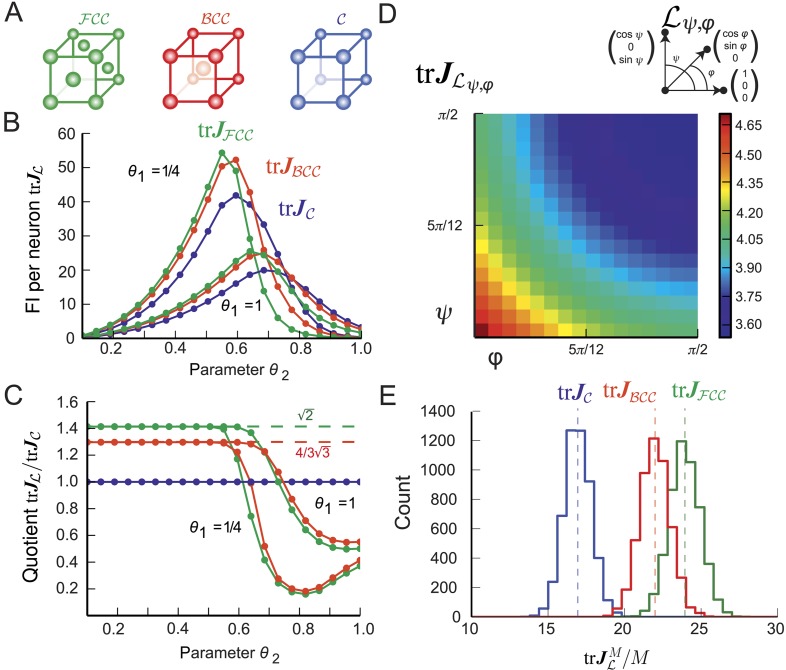Figure 4. Fisher information for modules of 3D grid cells.
(A) The three lattices considered: face-centered cubic (), body-centered cubic (), and cubic (). (B) for the periodified bump-function Ω for the three lattices and various parameter combinations θ1 and θ2. The Fisher information (FI) of the grid cells outperforms the other lattices when the support is fully within the fundamental domain (θ2 < 0.5, see main text). For larger θ2 the best lattice depends on the relation between the Voronoi cell's boundary and the tuning curve. (C) Ratio as a function of θ2 for . For θ2 < 0.5, the hexagonal population has 3/2 times the resolution of the square population, as predicted by the packing ratios. (D) Average for uniformly distributed grid cells within a lattice generated by basis vectors separated by angles φ and ψ (as shown above; θ1 = θ2 = 1/4). behaves like 1/(sinφ⋅sinψ) and has its maximum for the lattice with the smallest volume. (E) Distribution of 5000 realizations of at 0 for a population of M = 200 randomly distributed neurons. Parameters: θ1 = 1/4, θ2 = 0.4. The means closely match the averages in (B). Due to the finite neuron number, the FI varies strongly for different realizations.

